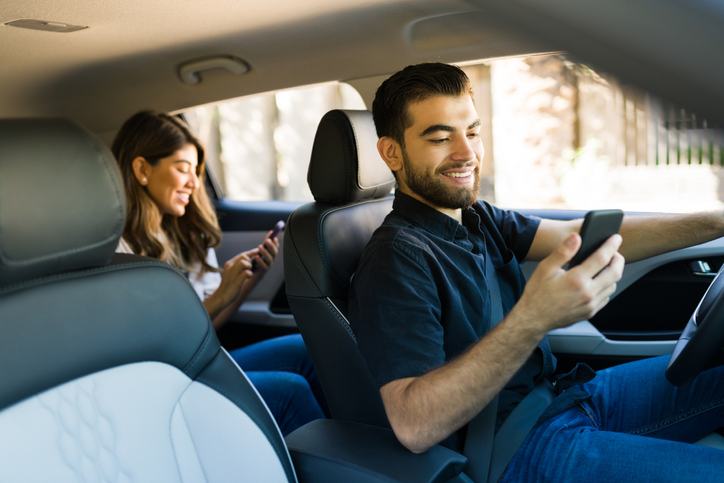Selling your car on your own can be a great way to get the best possible price for it. You’ll get more money than if you trade in or sell to a dealer. But selling a car yourself also requires some careful planning to make sure you stay safe and avoid fraudsters. Here are the steps to sell your car, prioritizing safety and positioning it to get the best possible price.
1.Get your car ready
The first step to selling your car is to make it look as good as possible to potential buyers. First, give it a good clean, inside and out. Consider getting it professionally detailed, and taking care of minor repairs that might increase its appeal and value. Make sure you have all the service records available to show to potential buyers—showing that the car has been properly maintained is a big part of getting the best price.
2. Set your price
Pricing your car just right is crucial. Set it too high, and you might scare off potential buyers. But if you price it too low, you’ll be leaving money on the table. Pricing it just right, (Goldilocks style!) means you’ll have plenty of interest, but will still be getting a fair value. Use websites like Kelley Blue Book, Edmunds, or NADA Guides to see what a fair market value might be. Also take a look at cars listed for sale in your area that are the same make and model, and close to your model year, mileage, and condition, to see how they’re priced. It’s a good idea to set your price a bit higher than what you’ll actually accept; that way you leave yourself some room to negotiate, which most buyers will try to do.
3. Advertise!
Create a compelling and honest ad for your vehicle. Include high-quality photos from multiple angles and list all pertinent information: make, model, year, mileage, condition, any recent repairs or upgrades, and your asking price. Utilize various platforms to reach potential buyers, such as online marketplaces like Craigslist, AutoTrader, or Facebook Marketplace. Be clear and upfront in your ad to avoid wasting time with buyers who aren’t serious or are looking for something different.
4. Screen Potential Buyers
Once your ad is live, you’ll probably start getting a lot of messages. Screen potential buyers carefully through phone or email before you agree to any meetings. A legitimate buyer should know at least a little bit about the make and model, and will probably have questions about the car’s equipment, why you’re selling, and if you have any flexibility on price. Avoid anyone who offers to buy the car right away without seeing it, or who wants to make transactions without meeting in person—those can be signs of potential scammers.
5. Meet buyers safely
For test drives and inspections, arrange to meet in a safe, public place during daylight hours. Ideal locations are busy public parking lots (banks are good because they generally have lots of cameras), shopping centers, or even near your local police station. Always take someone with you, and don’t let the buyer test drive the car alone.
6. Be ready to negotiate
Most buyers will try to negotiate the price. Be prepared with your lowest acceptable offer in mind, but don’t tell them what it is upfront. If you’ve priced your car correctly and cleaned it up so it presents well, you should be in a strong position to negotiate. Be patient, respectful, and ready to explain why your car is worth the price you’re asking.
7. Handle the paperwork
Once you’ve agreed on a price, make sure you complete all the paperwork correctly. That includes the vehicle title, which you should sign over to the new owner only after you’ve received full payment. Depending on your state, a bill of sale may also be required. Check with your local Department of Motor Vehicles (DMV or RMV) website for specific requirements in your area. Never give the buyer the car until all the paperwork has been completed.
8. Accept payment safely
For the payment, you’ll want to make sure the cash is actually in your account before you sign over the title or hand over the keys. If they pay by check, be sure you wait for it to clear before you hand over the keys and the title. Don’t accept payment by Paypal or Venmo, because there’s a possibility the buyer could falsely claim fraud and be refunded for the purchase. If you and your seller agree to meet at your bank, you can accept cash and deposit it right then and there, in the safety of the bank. You can also accept a bank wire transfer, as long as you wait until funds are in your account to make sure it’s legitimate.
9. Transfer registration and cancel insurance
Notify your insurance company and cancel your policy on the vehicle after the sale is complete. Remind the buyer to transfer the registration as soon as possible, to avoid future liabilities. In many states, you can notify the DMV that you’ve sold the car—if that’s the case in your state, be sure to do it!



